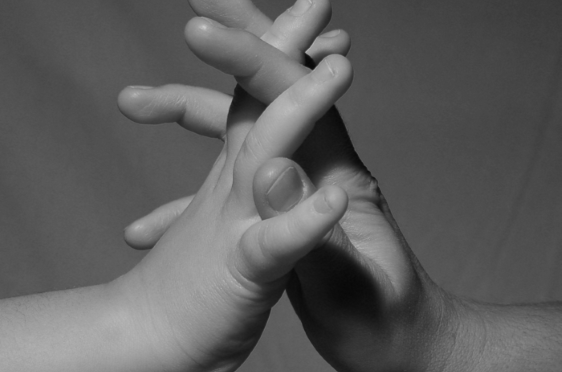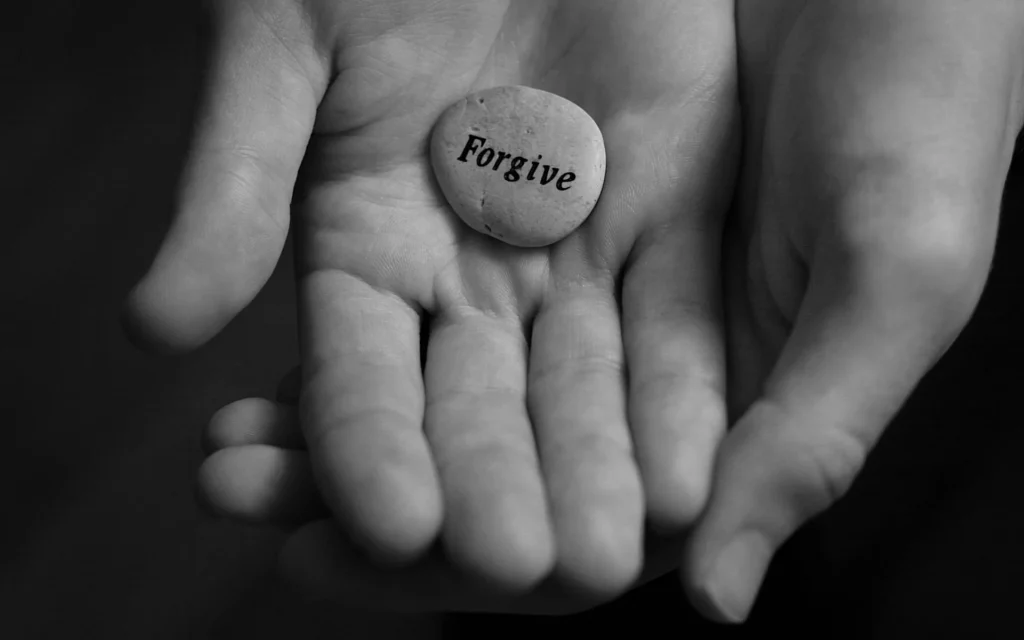The Ultimate Guide to Finding Your Path to Inner Peace
The path to inner peace involves cultivating a deep sense of calm, acceptance, and contentment. Being at peace means embracing yourself, others, and the world with a calm, open mind. It’s not about avoiding life’s challenges but facing them with a balanced mindset, ready to find strength in every moment.
Inner peace is often seen as a state of well-being where the mind finds calm homeostasis, free from stress or anxiety. In this state, we can function at our best, regardless of what challenges may arise. True peace of mind brings about bliss, happiness, and contentment..

Step 1: Acknowledge Your Worth on the Path to Inner Peace
The first step on the path to inner peace is realizing that you deserve it. Many of us carry the weight of past mistakes or feelings of inadequacy, but the truth is that everyone deserves peace and happiness. Start by telling yourself, “I deserve inner peace,” and believe it. This simple affirmation can powerfully shift your mindset toward self-acceptance.
Step 2: Let Go of What You Can’t Control on Your Path to Inner Peace
A significant barrier on the path to inner peace is holding onto things we cannot control. Many of us dwell on past hurts or worry about the future, but finding peace means learning to let go. Focus on the present and release the burdens of what cannot be changed. While it may take practice, this habit gradually lightens your heart and mind.
Step 3: Practice Mindfulness to Support Your Path to Inner Peace
Mindfulness is a valuable tool on the path to inner peace. Being fully present in the moment allows you to focus on your thoughts, feelings, and surroundings without judgment. Whether through meditation, deep breathing, or simply taking quiet time to reflect, mindfulness enables you to remain calm, even in stressful moments.
Step 4: Surround Yourself with Positivity on the Path to Inner Peace
A positive environment is essential on the path to inner peace. Seek out people who uplift you, choose content that inspires you, and create spaces that promote calm and joy. A positive setting can profoundly influence your mental state, making it easier to stay grounded and focused on your journey.
Step 5: Be Kind to Yourself While Walking the Path to Inner Peace
Self-compassion is a key element on the path to inner peace. Often, we are our harshest critics, focusing on our flaws rather than our strengths. Treat yourself with kindness, forgive yourself for past mistakes, and embrace growth without judgment. Healing is not linear, and setbacks are a natural part of the process.
Step 6: Find Balance in Daily Life on the Path to Inner Peace
The path to inner peace involves balance. Make time for activities that bring joy and allow you to recharge, like reading, walking, or enjoying nature. Balance allows you to face each day with a peaceful mind, ready for the ups and downs of life.
Final Thoughts: Your Journey to Inner Peace
The path to inner peace is a journey, not a destination. It requires patience, self-reflection, and a commitment to your own well-being. But with time, you’ll find that the steps you take—no matter how small—lead to a greater sense of calm and happiness. Remember, the journey starts with four simple words: “I deserve inner peace.” Let this be your guiding light as you move forward.
By embracing these steps, you can create a life filled with more peace and less stress. Take it one day at a time, and know that you are worthy of a calm and balanced life.
“Healing doesn’t mean the damage never existed. It means the damage no longer controls your life.”

The Father’s God grants the Holy Spirit to those who obey Him.
“Healing is not a destination; it is a journey, and every small step forward is a victory.” This thought guided her through each day, reminding her that progress comes in many forms—sometimes in tears, and sometimes in the quiet strength of carrying on.
Faith in Karma: Trusting the Universe’s Balance
There is a strong belief in karma—the idea that the way people treat others will eventually come back to them. Many trust that patience and resilience will ultimately pay off.
Those who treat others poorly are like termites, quietly destroying something from within. It’s believed that they will eventually face the consequences of their actions. Just as termites cause damage without being seen, people who hurt others will ultimately suffer for what they’ve done, even if it takes time.
This belief provides hope and strength, reminding us that there’s no need to seek revenge or hold onto anger. Instead, the focus can be on healing and building a better life. While pain may have been endured, there’s an understanding that the universe has a way of balancing things out, and those who have wronged others will face their own struggles in due time.

The Healing Power of Forgiveness
Forgiveness is a powerful part of the healing journey. It’s important to understand that forgiving doesn’t mean forgetting or excusing the hurt that was experienced. Instead, forgiveness is about freeing the heart from the pain and anger that hold us back.
By choosing to forgive, one can open the door to letting go and finding peace. Forgiveness becomes a source of strength, allowing for healing and progress. It creates space to leave behind the sadness of the past and embrace new happiness. Through this act of letting go, inner strength is discovered, paving the way to rebuild life with hope and positivity.




